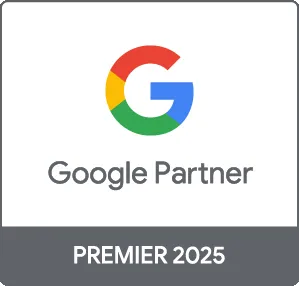Google Ads Pay-Per-Click (PPC) is a powerful online advertising model that enables businesses to reach their target audience effectively. By understanding how PPC works and how to optimize campaigns, businesses can achieve significant returns on their investment. In this guide, we’ll explore the intricacies of Google Ads PPC, including its benefits, strategies, and best practices.
What is Google Ads Pay-Per-Click?
PPC is an advertising model where advertisers pay a fee each time their ad is clicked. This means you only pay for performance, making it a cost-effective way to drive traffic to your website. Google Ads is one of the most popular platforms for PPC advertising, allowing businesses to display ads on Google’s search results pages and across its display network.
Benefits of Google Ads PPC
- Immediate Results: Unlike organic search results, which take time to build, PPC advertising can bring immediate traffic to your site.
- Targeted Audience: Google Ads allows you to target specific demographics, locations, and interests, ensuring your ads reach the right people.
- Measurable ROI: With robust analytics, you can track clicks, conversions, and overall return on investment, allowing for informed decision-making.
How to Get Started with Google Ads PPC
1. Define Your Goals
Before you dive into creating ads, establish clear objectives for your campaign. Are you looking to increase website traffic, generate leads, or drive sales?
2. Conduct Keyword Research
Identify the keywords that your target audience is searching for. Use tools like the Google Keyword Planner to find relevant keywords with good search volume.
3. Create Compelling Ads
Your ads should be engaging and contain a clear call to action (CTA). Highlight what sets your business apart and offer incentives if applicable.
4. Set Your Budget and Bids
Decide how much you are willing to spend daily and determine your bid strategy—whether you want to maximize clicks or conversions.
Best Practices for Optimizing Google Ads PPC
1. Use Ad Extensions
Ad extensions allow you to include additional information, such as your phone number, pricing, or links to specific pages on your website, making your ads more informative.
2. Regularly Monitor and Adjust Your Campaigns
Use Google Ads analytics to monitor your campaign’s performance. Adjust your keywords, ad copy, and bids based on what’s working and what isn’t.
3. A/B Test Your Ads
Experiment with different ad copies and landing pages to see which combinations yield the best results. A/B testing can significantly improve your PPC performance.
Conclusion
Google Ads Pay-Per-Click advertising offers businesses a unique opportunity to quickly reach their target market and generate measurable results. By understanding how to leverage this powerful tool effectively, you can achieve your digital marketing goals and grow your business. If you need assistance with setting up and managing your PPC campaigns, Prebo Digital is here to help. Contact us today to discuss how we can optimize your online advertising efforts!





